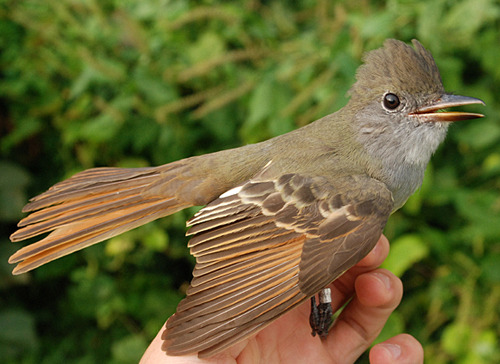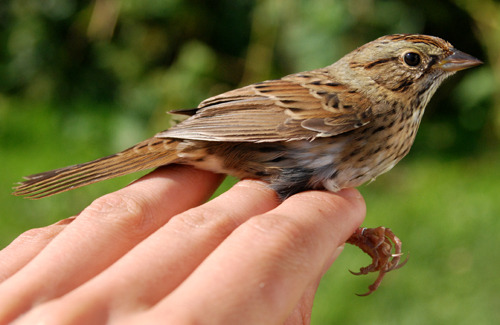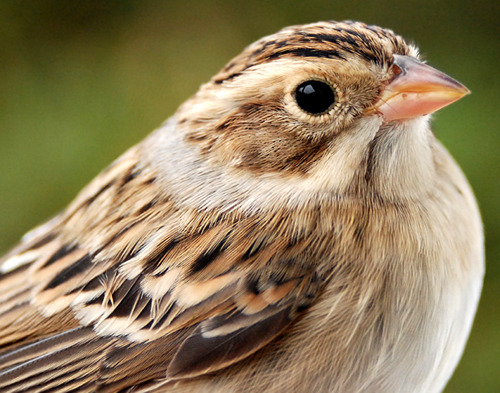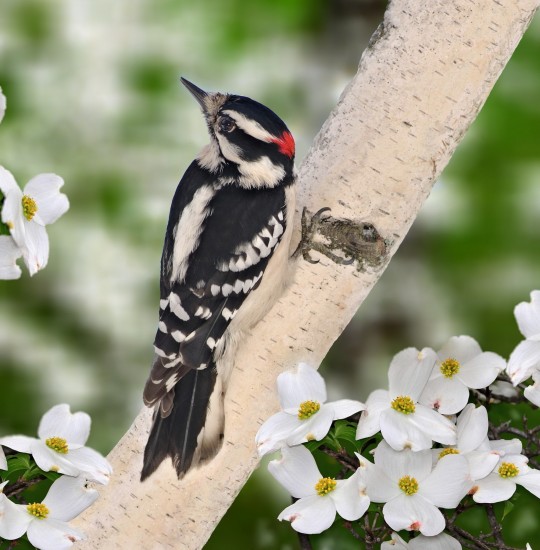
This bird can be identified as a HY by the molt limits among the greater coverts (or the limit among the median coverts). Only one of these was banded at Powdermill in 2011.
Powdermill Nature Reserve’s avian research center is part of Carnegie Museum of Natural History’s biological research station in Rector, Pennsylvania. The research center operates a bird banding station, conducts bioacoustical research, and performs flight tunnel analysis with the goal of reducing window collisions.




